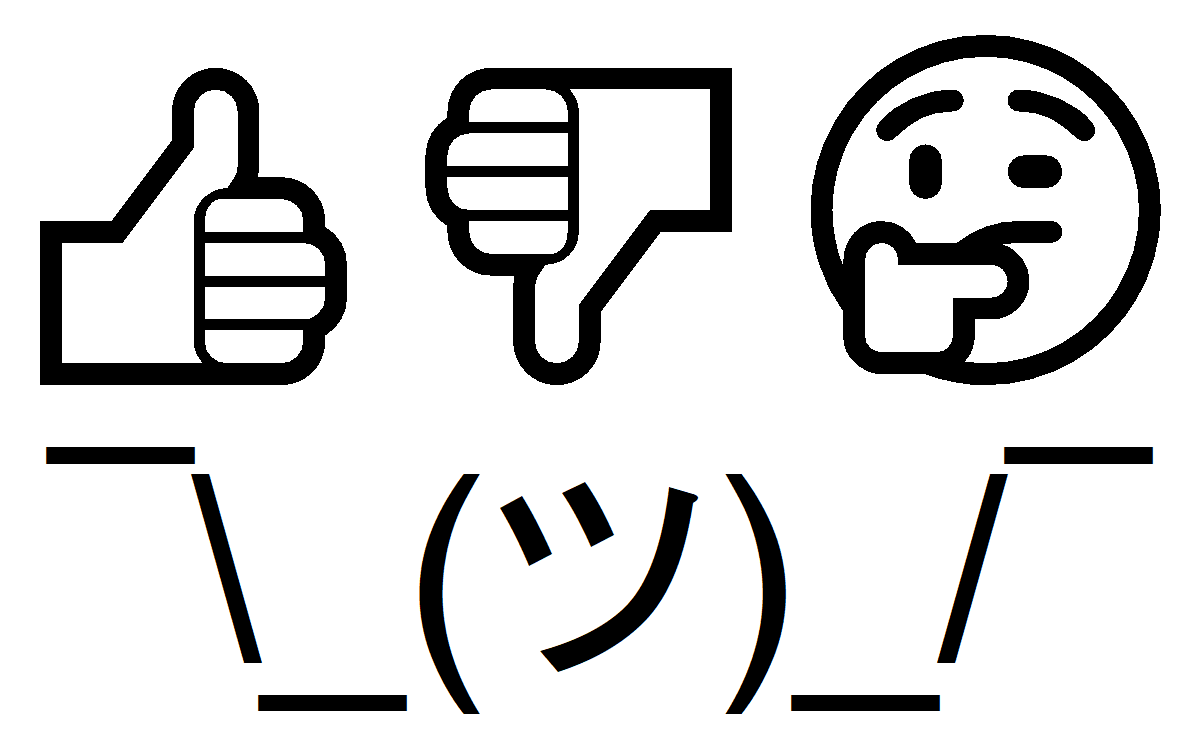Playable prototypes are essentially small experiments to clarify the path forward. We’re usually testing whether a new feature or iteration meets its stated goal.
The data that will inform our conclusion is either directly measured results (parry attempts, successful parries, etc.) or player feedback (whether internal or external). Giving good feedback takes some skill and some effort.
Ask Clarifying Questions
To provide the most relevant and valuable feedback, always make sure you understand the intended goal. Unrelated feedback can be valuable too, but not always and not at the expense of evaluating critical experiments.
It’s great to ask clarifying questions when you’re unsure. Sometimes designers or producers simply want open feedback or want to avoid asking leading questions. If so, make sure that’s the case.
Keep an Open and Attentive Mind
It’s generally fine to say, “I don’t like this yet” based on first impressions. It’s unfair to say, “This direction isn’t worth pursuing” unless you’ve thought through all the possibilities.
Word choice matters. Even if you’re skeptical of an idea or its viability within a certain time frame, many people may have worked on it and they get caught in the crossfire. In creative work, it’s important for everyone to feel comfortable proposing ideas.
Naturally, some folks will have concerns when evaluating bold experiments or complex systems. With every bit of negative feedback, we’ll need to determine whether it can be resolved or whether it exposes a fatal flaw in the concept.
People are generally risk-averse, so opinions can shift slowly. Exploring new ideas with hazy implications always feels somewhat uncomfortable. But the alternative is only staying in familiar territory and never trying anything new in the open.
Provide Reasoning
Playtesting is part of our job and we get paid to be thoughtful and specific with our feedback. Without reliable data, we can’t evaluate an experiment and can’t move forward with any degree of confidence.
It’s okay to share blanket positive or negative reactions, but it’s far more useful to provide reasoning. Take a moment to trace your impression down to the delight or pain point at its source. Otherwise those working on the feature have to dig deeper to uncover or infer the reasons.
Unexplained feedback isn’t really actionable. If we act on it, we’re effectively deferring the decision until the underlying reasons emerge. Whenever that happens, expect the same choices to come up again for re-evaluation or revision.
Not engaging with new additions that are explicitly presented for feedback focus is also obviously unhelpful. But sometimes it’s fair to say that you need more time to consider, or that there’s been too much new/recent change to absorb.
Caveats for Leaders
If you’re in a leadership position, always specify whether each of your notes is a directive, a suggestion, or simply food for thought. Skipping this step always creates uncertainty and chaos. There’s no way around it.
Be careful with blunt or unfiltered feedback, especially when aimed at feature owners in a group setting. Not only can it undermine their confidence, but also their team’s trust in their ability to drive future iteration. Leaders don’t need to be harsh to get their point across or their priorities carried out.
Consider keeping unrelated, low-priority, or future polish feedback to yourself. Jot those notes down in a private file and revisit them when appropriate. Assuming you’ve hired talented people, they’re fully aware of everything that feels unpolished within their craft.
If you’re concerned enough about the quality bar staying too low, book some formal time for fine-tuning through your production process. Once those days are established, you can safely bring up some areas of focus. You may even want to schedule these hardening cycles on a regular basis. In the absence of clearly budgeted time, leadership complaints about minor bugs and polish tasks can be extremely disruptive to mainline priorities.


